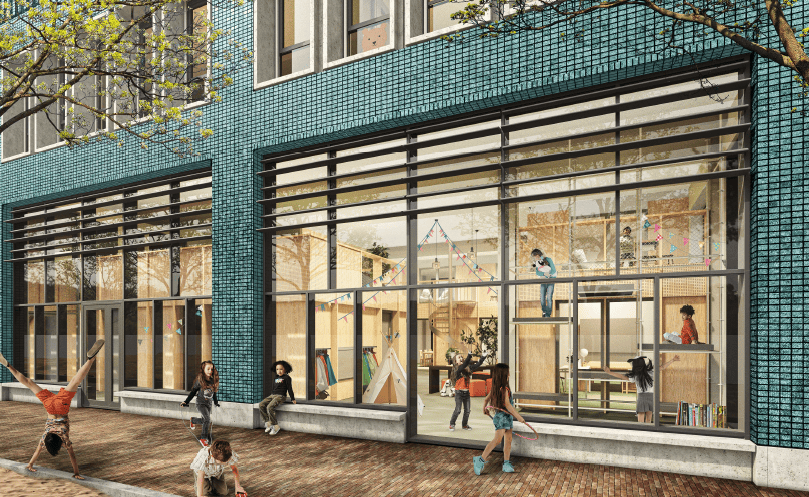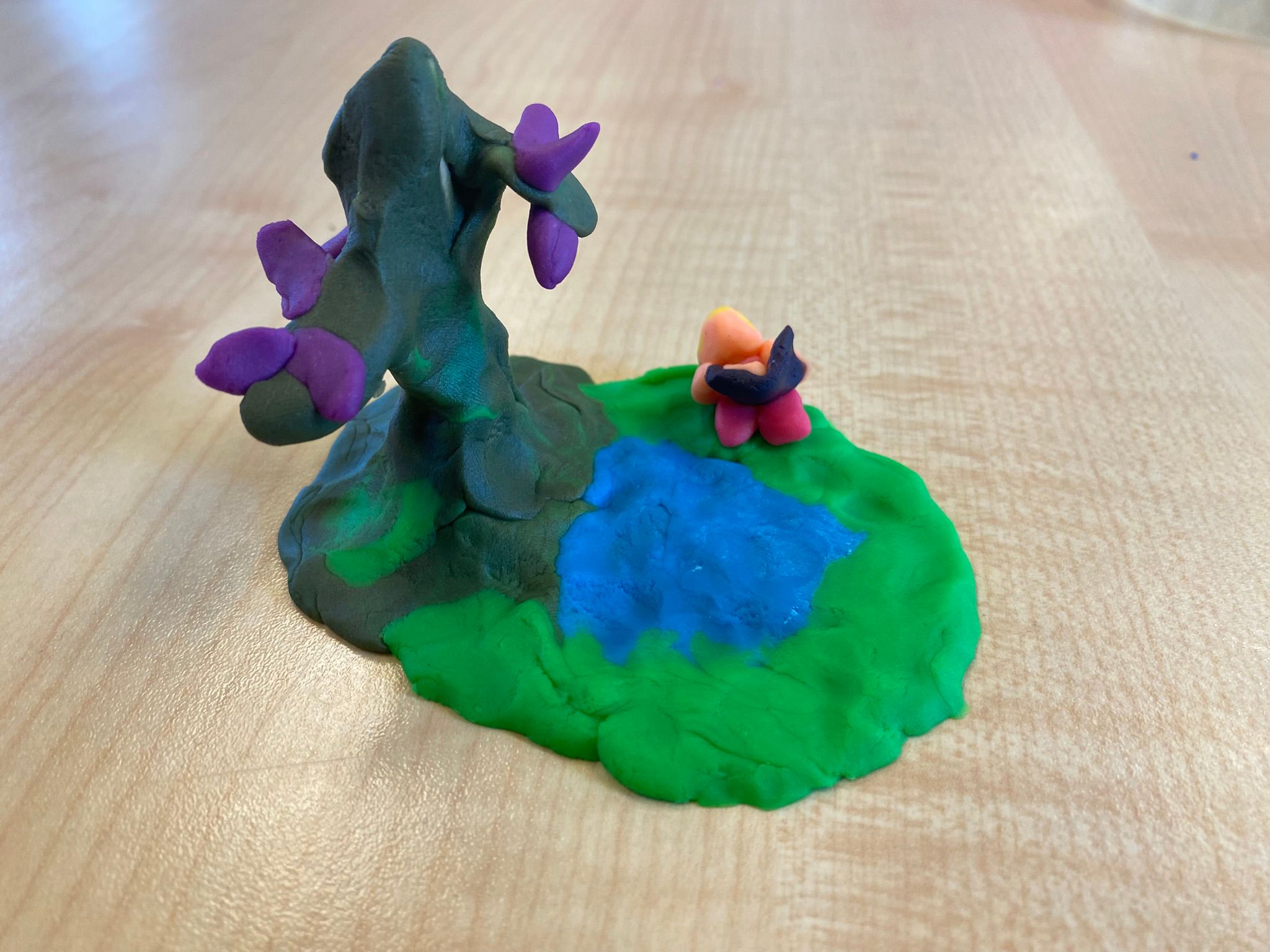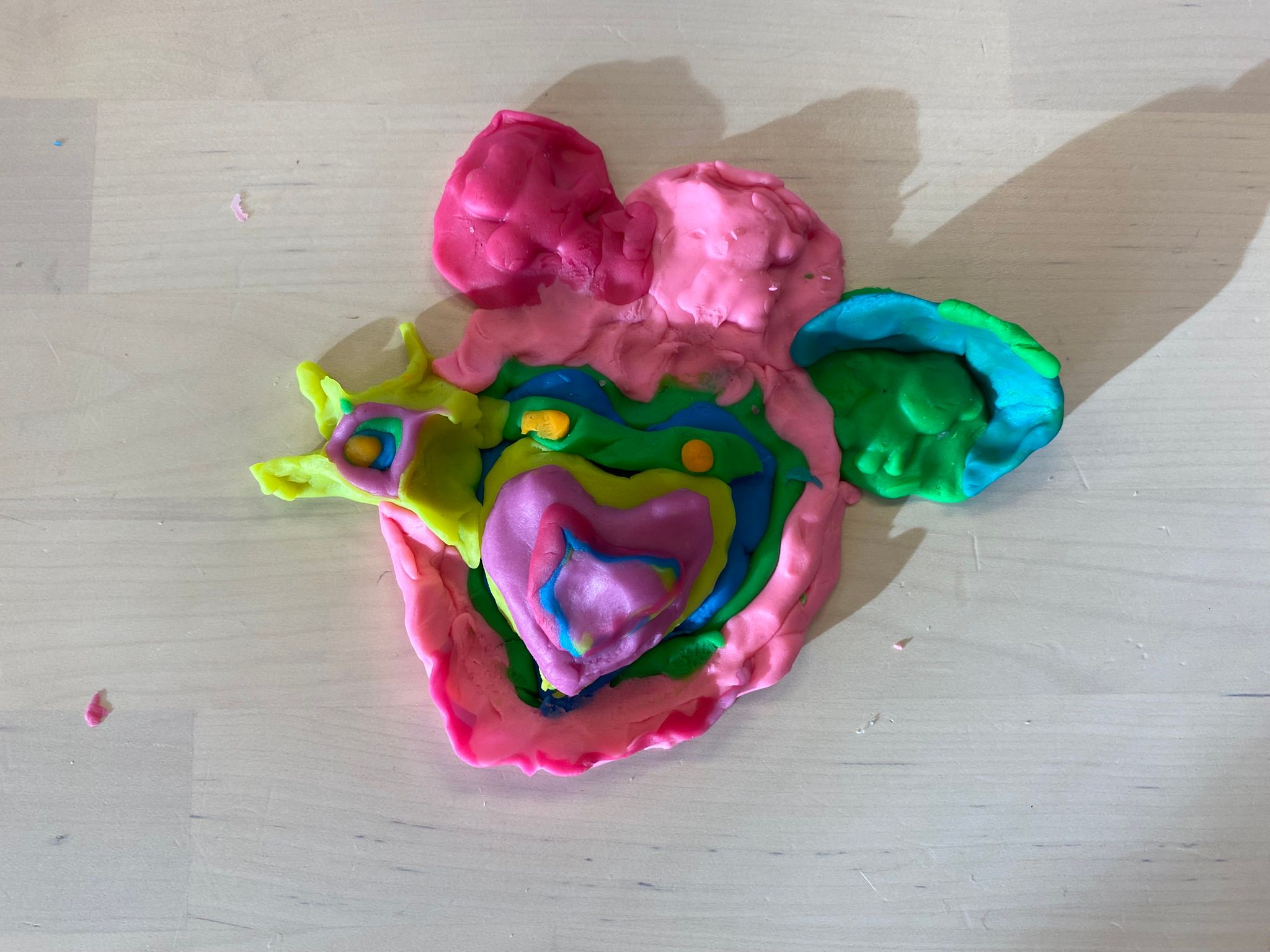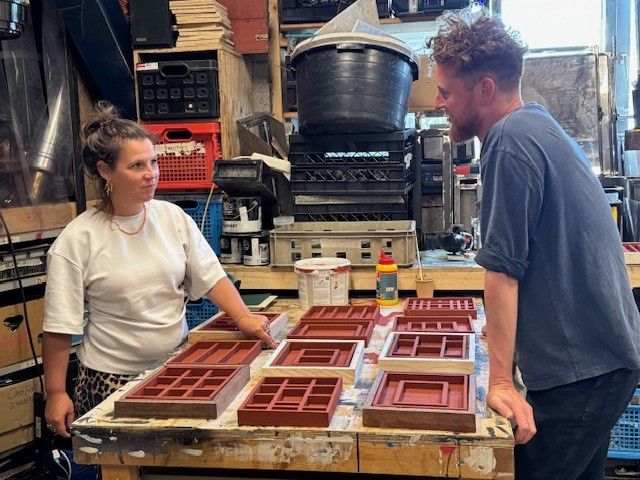Introduction: Jonathan Straatman working with art in the new Agoraschool
Published at

What if a school building not only offers walls and classrooms, but also a place to reflect on what we feel, miss or cannot explain? Things like connectedness, rituals or farewell.
A new school building for the Agoraschool will soon be built in Merwede. The construction is the reason for a special art commission, for which artist Jonathan Straatman has been hired. The artwork will be realized within the school building. But from the start, attention is paid to those for whom it is intended: the children.
The assignment
The art assignment is possible thanks to the municipal percentage regulation, which since 1954 decides that a small part of the construction budget of municipal buildings is spent on art. This is always done in consultation with the users of the building. In this case, an approach was chosen that fits the vision of Agora and the art program Gemene Grond. Shared ownership and active involvement of students are important. The art assignment emerged from Merve Bedir's residency program: Commoning Merwede.
The students themselves came up with the assignment for the artist. In a series of workshops, students investigated questions such as: how do you make contact with something that you cannot see, but can feel? The workshops were supervised by Merve Bedir, Marcel Machielse and Huib Haye van der Werf. It yielded tangible results: totems, bridges, swings, trees - symbols of transition and connection. It was striking that the children did not design for themselves, but for future generations. They worked on something that will last, even when they are gone. The results of these workshops have been translated into the assignment description for the artist.
When the artist gets to work, he will involve new students in the design and production process. The final artwork can be interpreted and appropriated by future generations of students again and again. A method in which co-creation, collective ownership and shared authorship are central.
About the artist
Jonathan Straatman (1990) graduated from the HKU and creates spatial installations in which you can wander, disappear and catch your breath. His work often ties in with existing architecture and enters into a direct relationship with the environment and its users. He works with pure materials such as wood, glass, stucco, mirrors and sound.
Previously, he created the artwork In Between with residents of the asylum seekers' centre in Utrecht, about life between two worlds. Themes such as memory, stillness and 'in-between space' often return in his work. It is precisely this sensitivity that makes Jonathan Straatman a suitable artist for this project. Together with the children, he is now going to work on investigating what a work of art can be for a school. Not only as a form, but as a place of meaning, a bridge to another world.
How do you usually work on these kind of projects?
I chose to mainly focus on the nature of the school and what kind of place it should become. I work intuitively and site-specific. That means that I let myself be guided by the place itself and what it needs. In this case, I wanted to really get to know the building first. I already had a lot of ideas, but I want to be able to react on the spot and add functions to certain spaces, such as the arrival hall.
What is your plan for involving the children?
I want to look together with the children at what is currently missing in the school. We can then design a space per theme or subject. It is important for me to know for who we are doing this, which children will soon be walking around here. Together with them I want to draw up a ‘program of requirements’.
How do you imagine the process?
It will be a longer process. A corner has already been designated for where the artwork will go, but I don't really want to start until the space is concrete.
Do you already have ideas for the implementation?
An idea I am enthusiastic about is working with viewing boxes. That may seem childish and simple, but if there is a good story behind it, it can go very deep. The viewing box can be a means to shape together with the children the spaces they miss, think of a mini cinema, a library, or something else they suggest.
What is your role within this project?
My role is mainly to translate the children's ideas into a concrete object or space. I monitor the project and the execution, but the input comes from them. Freedom exists within limits, that is a starting point that I use.
Do you have a personal connection with this type of education?
Definitely. As a child I went to an inclusive school (in Dutch called "iederwijs) myself. This new school reminds me of that, but in a more developed form. My nephew is already helping to build artwork. He is exactly the type of child who could have gone to this school.
How do you envision the final artwork?
An architectural object that you can stay in – for example a wall sculpture or a sunken space. It should be usable directly and not just seen as art.
How do you tackle the technical aspect?
I deliberately don’t work with the computer at first. When I design something digitally, I surprise myself less. I prefer to be guided by materials and limitations – everything is made from leftover materials. They provide a different kind of experience of time and make it possible to respond creatively to what is there.
Why do you think it is important for students to participate in the discussions about art in the new school?
Children live at school all day. We want to give them a voice. Intrinsic motivation and self-direction are central, so it was logical for them to participate. They truly influenced the process. The artwork must evoke lasting wonder and be interactive. We want our students to feel valued and be valuable. They will soon be able to relate to others and to society based on their own strengths. They will practice and learn this at the Agora (the market square), where the artwork will be a part of.
What makes you happy with the choice of the artist?
Jonathan is a perfect fit; he understands our concept. His artwork embodies everything Agora stands for. His ability to capture desires and ideas is exceptional.
What do you think of Gemene Grond's approach to this art project?
The approach is professional and pleasant. We consciously opted for broad support from the start: not only management, but also parents, children, and coaches had a voice. This generated energy and engagement.




